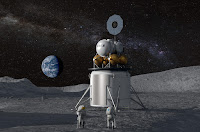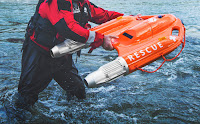Smart Phone, Smart Plants, Smart Gadget

Portable, in the Field Gadget, for Healthy Plants & Spot Disease Source: North Caroline State University new tech for plant health First of its Kind Device to Detect Plant Disease in Minutes A new, smartphone powered device detects disease in plants. For the first time, plant disease can be detected by a portable device, used by a farmer in the field and the analysis is done on the spot within minutes. Up until now, plant analysis had to be done in a lab and that could take days or weeks. This smartphone powered device reads gas concentrations in a plant in the farm field real-time that reveal the presence of disease in plants. Portable, on the Farm Device This significant innovation was developed by a team at North Carolina State University. The device is designed to attach to a farmer's smart phone for quick crop analysis. This real-time turnaround is important to detect plant disease in order to limit the spread of it and the crop damage from it. How the























